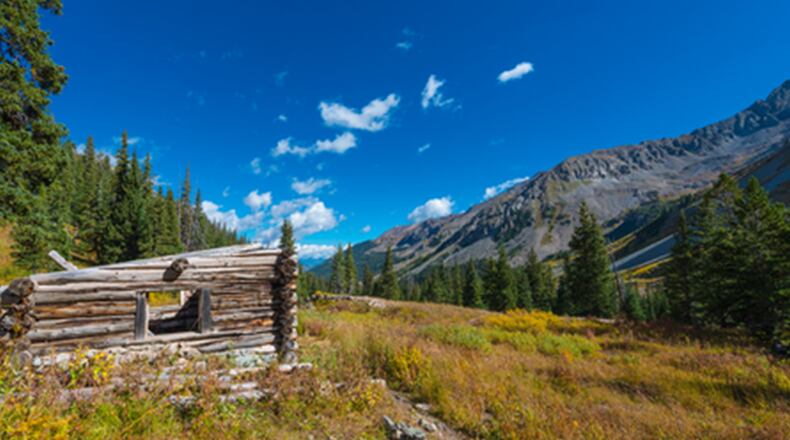COLORADO, Colo. — Visiting hot springs seems to be a growing trend in Colorado — whether it’s a spa-style hot spring with a booze-filled concession stand or one that means an 8-mile hike over rugged terrain. While everyone is so eager to hop in the relaxing pools, few people seem to question whether or not they’re sanitary. Here’s a look at how hot springs work and whether or not the water could be considered “clean.”
— What makes a hot spring spring up?
First, let’s look at where the water in a hot spring comes from. Simply put, rain seeps through cracks in the earth’s surface, slowly dropping lower through the planet while it picks up minerals on the way. As this water gets closer to the earth’s core, it gets heated up — a lot. Eventually, the water might hit a crack or fault line, at which point, the pressure underground forces it back up toward the surface, sometimes resulting in the formation of a hot spring pool. How hot the pool is can depend on how deep underground the water got and how quickly it rose to the surface.
— But is the water in a hot spring pool clean?
This is tricky, because there’s not a simple answer. In short, cleanliness can vary from pool to pool. If you’re at a commercial hot spring, you’re probably fine, as most of these are required to test and treat their water on a regular basis. Look at a trip to a developed hot springs like it’s a trip to a water park.
However, if you’re in the backcountry, things aren’t quite so regulated — at all. While backcountry pools might be occasionally tested for contamination, most are not monitored on a regular basis. Additionally, some of these hot springs can become stagnant due to lack of water flow, meaning an entirely new range of problems.
— Here’s a look at what’s been found in Colorado’s natural hot springs.
One hot spring that’s exploded in popularity in recent years is Conundrum Hot Springs. In the remote backcountry and at a high altitude, you can imagine how difficult this space is to maintain. From a recent problem of excess human feces near the pool to carcasses of dead animals left over from freezing winters, plenty of contaminants have found their way to the area over the years.
— You can probably guess what’s next.
What most adventure seekers and bucket-listers probably aren’t aware of during their visit is the likelihood of containments like E. coli in the water they’re soaking in. One 2014 study found that the upper pool at Conundrum had 1 colony of E. coli per 100 milliliters of water, with 6.3 colonies per 100 milliliters in the middle pool, and 8.6 colonies of E. coli per 100 milliliters in the lowest pool. Before you panic, consider that the maximum for public pools is 235 colonies of E. coli per 100 milliliters — gross, I know.
While the E. coli levels might not be enough to scare off those also willing to hit the water slide at their favorite theme park, the coliform levels might be. A bacteria that lives in the intestines of warm-blooded animals and is excreted via feces, there’s possibly excess of 2,400 colonies of coliform per 100 milliliters of water in the lowest pool at Conundrum. While coliform in itself is often not dangerous, it tends to mean that there’s feces in the water, which means other disease-causing organisms may also be present.
Keep in mind that these numbers come from a study that happened four years ago — prior to a huge swell of crowds at Conundrum over the more recent years — enough so that it’s popularity eventually resulted in necessary limitations of camping in the area and an investment in poop bags by the Forest Service.
— So, is that hot spring clean?
If it’s a commercial hot spring, the water is probably about as clean as it is at a water park thanks to rules and regulations that help keep the average visitor safe. If it’s a natural hot spring, it may carry a slight risk. In these instances, take things like water flow (or lack of) and crowding into consideration. If it’s near a popular camping area, there’s a good chance that there’s coliform in the water from nearby feces, which can mean it’s filled with other potentially dangerous things. Without regular testing, it’s tough to know. Whatever you do, heed all warning signs when posted and know that it’s probably best you don’t give the hot spring water a taste test.
About the Author
Keep Reading
The Latest
Featured


